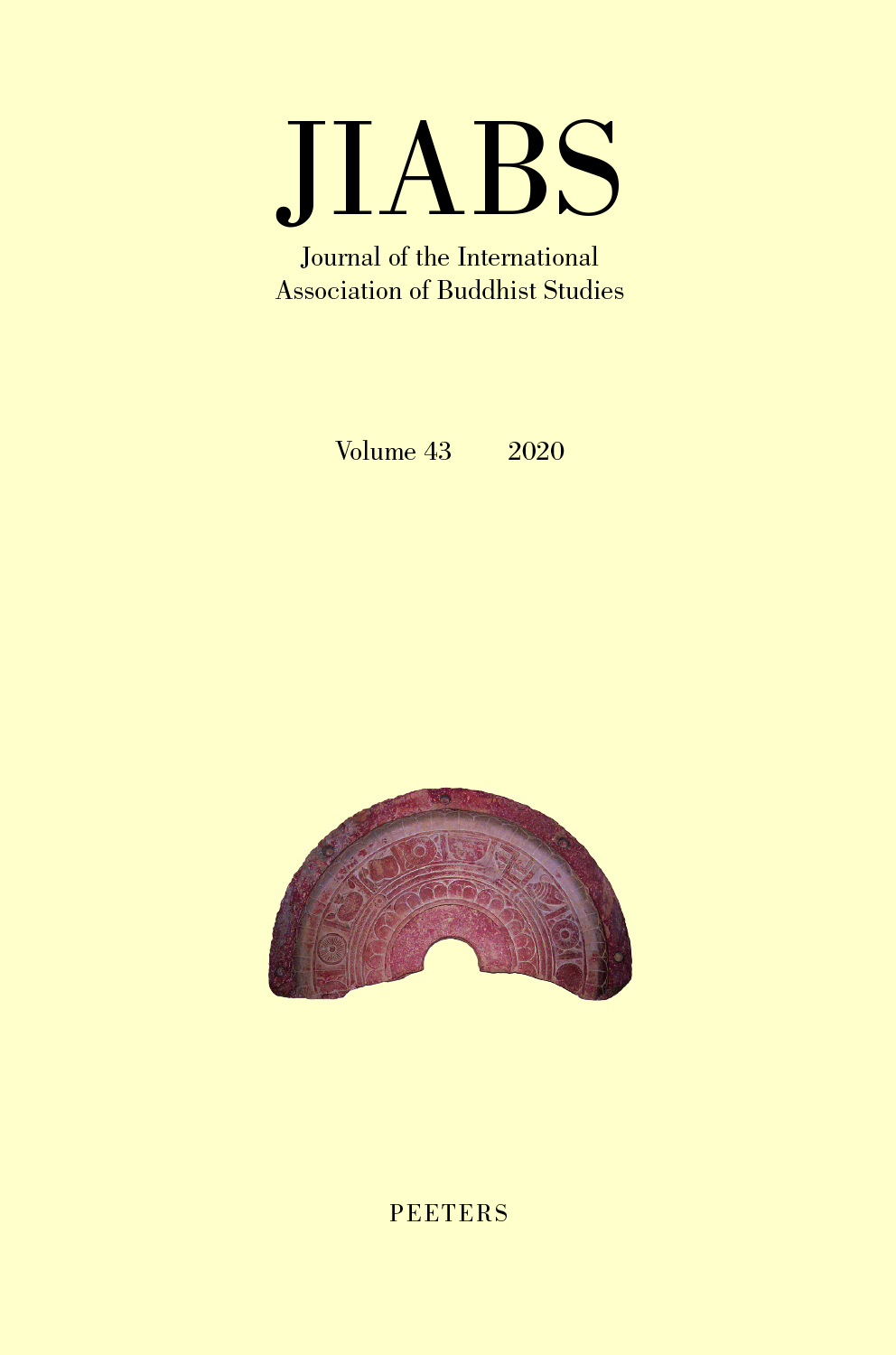 previous article in this issue previous article in this issue | next article in this issue  |

Preview first page |
Document Details : Title: Putting the Buddha to Work Subtitle: Śākyamuni in the Service of Tibetan Monastic Identity Author(s): QUINTMAN, Andrew Journal: Journal of the International Association of Buddhist Studies Volume: 40 Date: 2017 Pages: 111-156 DOI: 10.2143/JIABS.40.0.3269006 Abstract : This essay forms part of a larger project to re-foreground the place of Śākyamuni in Tibet by exploring how images and texts related to the Buddha served as a primary organizing principle for the monastery Rtag brtan Phun tshogs gling, religious seat of the great seventeenth-century polymath Tāranātha Kun dga’ snying po (1575–1634) and his Jo nang tradition in the Tibetan region of Gtsang. It suggests that Phun tshogs gling’s central icon – a Śākyamuni statue of miraculous origin referred to as the Jo bo Phyogs las rnam rgyal, 'Lord All Victorious' – not only acted as an object of veneration, but also served Tāranātha more broadly in the promotion and maintenance of his monastery. It did so in several ways. First, as a representation of the Buddha of our present age, the image formed the core of Phun tshogs gling’s thematic focus on Śākyamuni, a tradition I refer to as the ‘Buddha Program.’ Second, and perhaps more importantly, from its position at the monastery’s ritual and architectural center, the revered statue served as a source of elevated prestige for Tāranātha, for his seat at Phun tshogs gling, and for his patrons in western Tibet during a period of political contestation with the Fifth Dalai Lama and the growing Dge lugs hegemony in Lhasa. Tāranātha’s Jo bo statue of Śākyamuni Buddha encapsulated his vision of what a Buddhist monastery should be and played an instrumental role in fashioning a singular institutional identity. |
 |


